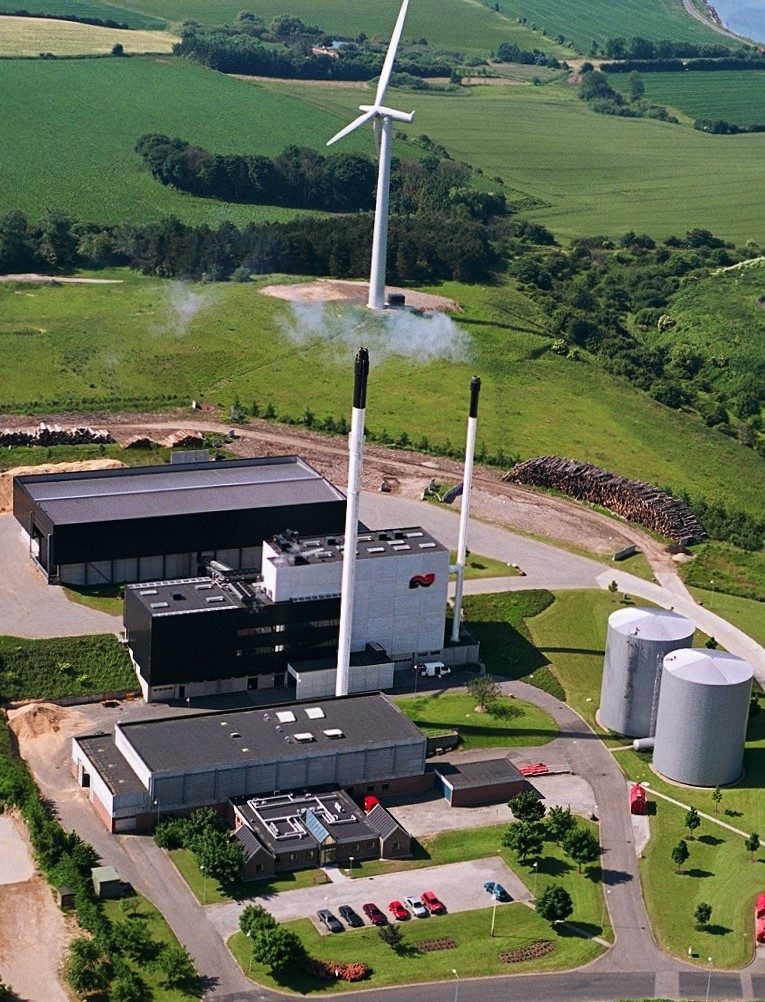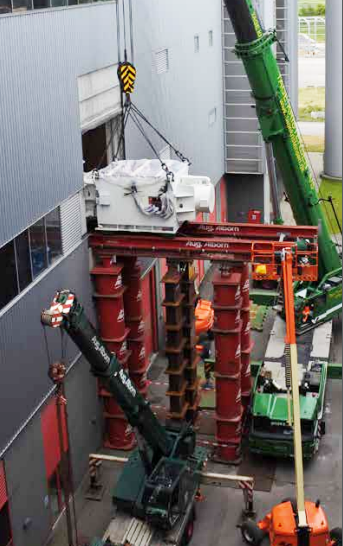Zero Carbon Support
EMD has been appointed to support a global company (Fortune 500) in the realisation of their carbon neutrality ambition.
The client operates production facilities on several continents. Today’s energy mix, mainly based on gas, its costs and emissions as well as the demand side have been modelled as a base line.
In close dialog with the client, different solution spaces have been developed consisting of a mix of technologies adapted to the local demand patterns, conditions, and possibilities.
For each identified solution space, EMD ran economic simulations including CAPEX and OPEX in the time domain matching the energy demands with respect to electricity, heat, and cooling. Additionally, the sensitivity towards the different assumptions was quantified.
CREATING CLARITY
Out of the large range of options, EMD’s analysis led to the identification of the most economic, sustainable, and robust solution for each production facility, which helped to fulfil our client’s ambition to reach carbon neutrality by 2030.




